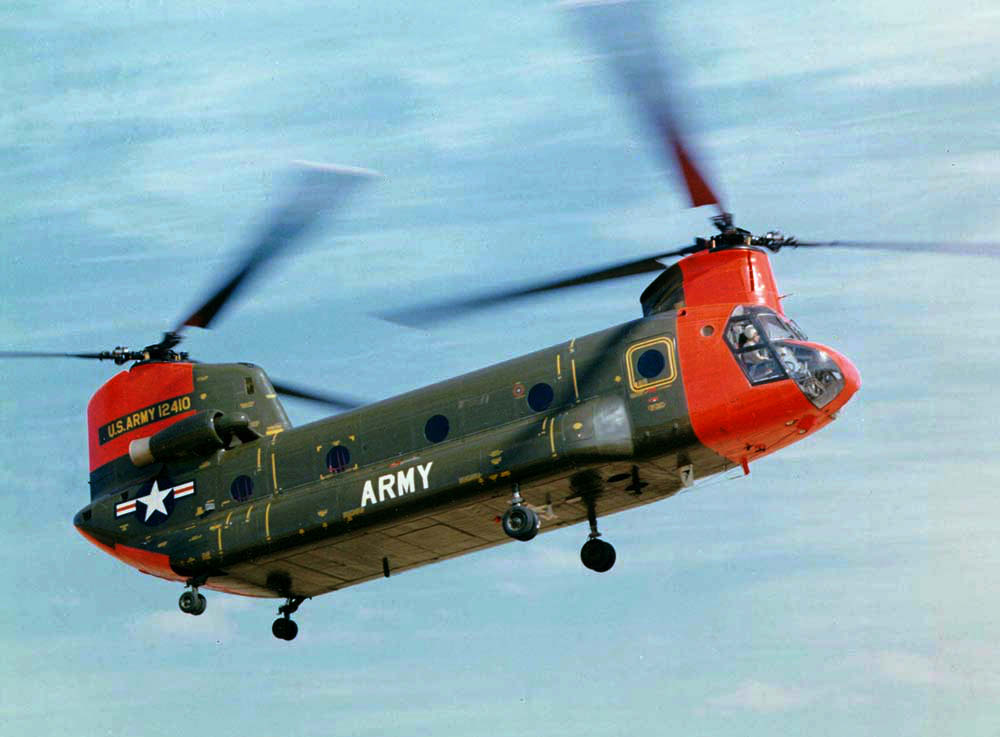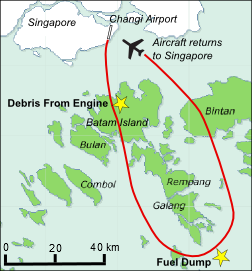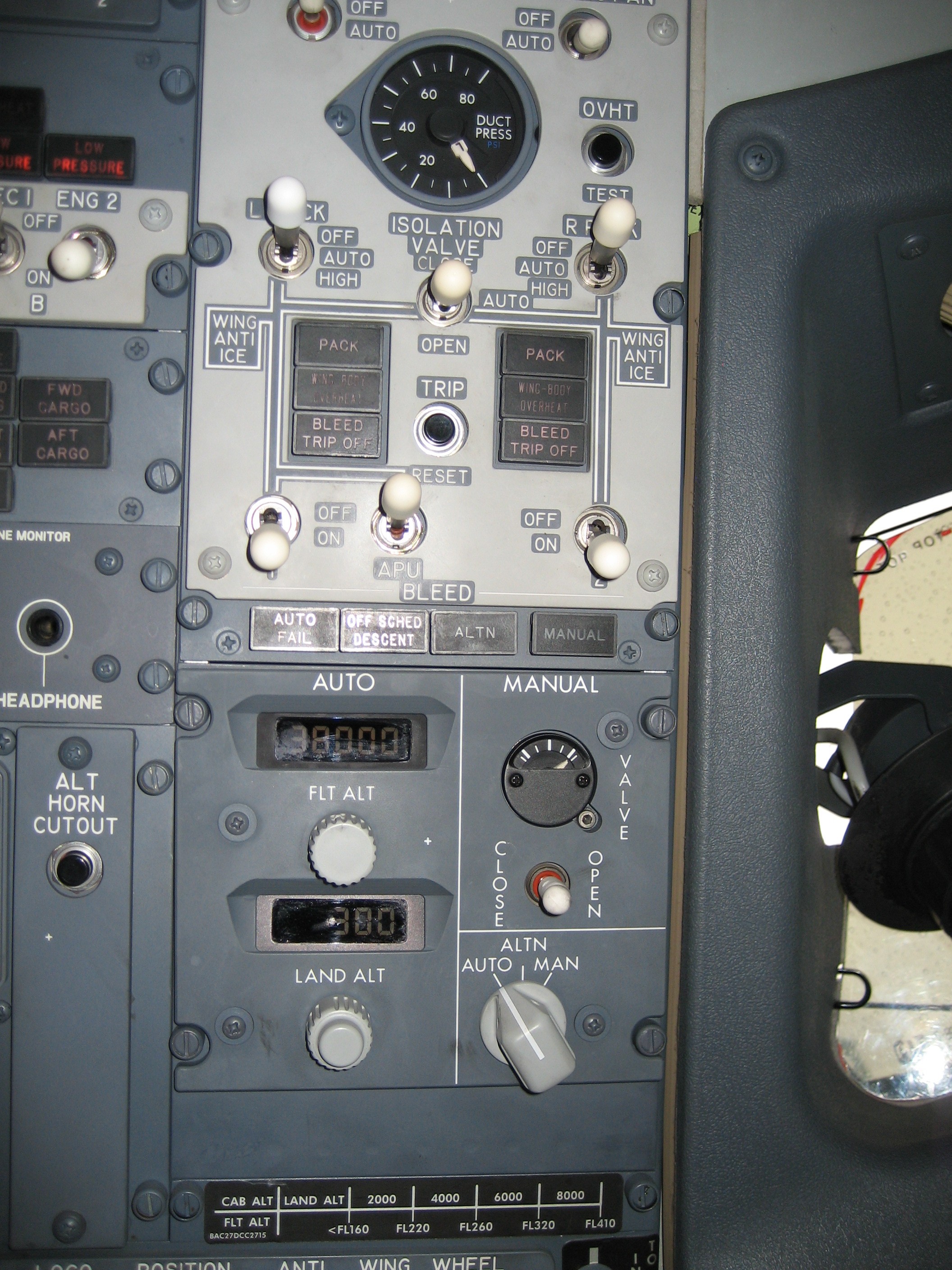|
Pan-pan
The radiotelephony message PAN-PAN is the international standard urgency signal that someone aboard a boat, ship, aircraft, or other vehicle uses to declare that they have a situation that is urgent, but for the time being, does not pose an immediate danger to anyone's life or to the vessel itself. This is referred to as a state of "urgency". This is distinct from a mayday call (distress signal), which means that there is imminent danger to life or to the continued viability of the vessel itself. Radioing "pan-pan" informs potential rescuers (including emergency services and other craft in the area) that an urgent problem exists, whereas "mayday" calls on them to drop all other activities and immediately begin a rescue. The exact representation of PAN in Morse code is the urgency signal XXX, which was first defined by the International Radiotelegraph Convention of 1927. Etymology As with "mayday" (from ''venez m'aider'', "come help me"), the urgency signal pan-pan derives from ... [...More Info...] [...Related Items...] OR: [Wikipedia] [Google] [Baidu] |
Mayday (distress Signal)
Mayday is an emergency procedure word used internationally as a distress signal in voice-procedure radio communications. It is used to signal a life-threatening emergency primarily by aviators and mariners, but in some countries local organizations such as firefighters, police forces, and transportation organizations also use the term. Convention requires the word be repeated three times in a row during the initial emergency declaration ("Mayday mayday mayday") to prevent it being mistaken for some similar-sounding phrase under noisy conditions, and to distinguish an ''actual'' mayday call from a message ''about'' a mayday call. History The "mayday" procedure word was conceived as a distress call in the early 1920s by Frederick Stanley Mockford, officer-in-charge of radio at Croydon Airport, England. He had been asked to think of a word that would indicate distress and would easily be understood by all pilots and ground staff in an emergency. Since much of the air traffic at t ... [...More Info...] [...Related Items...] OR: [Wikipedia] [Google] [Baidu] |
Qantas Flight 72
Qantas Flight 72 (QF72) was a scheduled flight from Singapore Changi Airport to Perth Airport by an Airbus A330. On 7 October 2008, the flight made an emergency landing at Learmonth Airport near the town of Exmouth, Western Australia following an inflight accident that included a pair of sudden, uncommanded pitch-down manoeuvres that caused severe injuries—including fractures, lacerations and spinal injuries—to several of the passengers and crew. At Learmonth, the plane was met by the Royal Flying Doctor Service of Australia and CareFlight. Fourteen people were airlifted to Perth for hospitalisation, with 39 others also attending hospital. In all, one crew member and 11 passengers suffered serious injuries, while eight crew and 99 passengers suffered minor injuries. The Australian Transport Safety Bureau (ATSB) investigation found a fault with one of the aircraft's three air data inertial reference units (ADIRUs) and a previously unknown software design limitation of the ... [...More Info...] [...Related Items...] OR: [Wikipedia] [Google] [Baidu] |
Avianca Flight 52
Avianca Flight 052 was a regularly scheduled flight from Bogotá, Colombia, to New York City, United States, via Medellín, Colombia, that crashed on January 25, 1990, at 21:34 ( UTC−05:00). The Boeing 707 flying this route ran out of fuel after a failed attempt to land at John F. Kennedy International Airport (JFK), causing the aircraft to crash onto a hillside in the small village of Cove Neck, New York, on the north shore of Long Island. Eight of the nine crew members and 65 of the 149 passengers on board were killed. The National Transportation Safety Board (NTSB) determined that the crash occurred due to the flight crew failing to properly declare a fuel emergency, failure to use an airline operational control dispatch system, inadequate traffic flow management by the Federal Aviation Administration (FAA), and the lack of standardized understandable terminology for pilots and controllers for minimum and emergency fuel states. The flight left Medellín with more than en ... [...More Info...] [...Related Items...] OR: [Wikipedia] [Google] [Baidu] |
Radiotelephone
A radiotelephone (or radiophone), abbreviated RT, is a radio communication system for conducting a conversation; radiotelephony means telephony by radio. It is in contrast to '' radiotelegraphy'', which is radio transmission of telegrams (messages), or ''television'', transmission of moving pictures and sound. The term is related to radio broadcasting, which transmit audio one way to listeners. Radiotelephony refers specifically to two-way radio systems for bidirectional person-to-person voice communication between separated users, such as CB radio or marine radio. In spite of the name, radiotelephony systems are not necessarily connected to or have anything to do with the telephone network, and in some radio services, including GMRS, interconnection is prohibited. Design Mode of emission The word ''phone'' has a long precedent beginning with early US wired voice systems. The term means ''voice'' as opposed to telegraph or Morse code. This would include systems fitting in ... [...More Info...] [...Related Items...] OR: [Wikipedia] [Google] [Baidu] |
Hypothermia
Hypothermia is defined as a body core temperature below in humans. Symptoms depend on the temperature. In mild hypothermia, there is shivering and mental confusion. In moderate hypothermia, shivering stops and confusion increases. In severe hypothermia, there may be hallucinations and paradoxical undressing, in which a person removes their clothing, as well as an increased risk of the heart stopping. Hypothermia has two main types of causes. It classically occurs from exposure to cold weather and cold water immersion. It may also occur from any condition that decreases heat production or increases heat loss. Commonly, this includes alcohol intoxication but may also include low blood sugar, anorexia and advanced age. Body temperature is usually maintained near a constant level of through thermoregulation. Efforts to increase body temperature involve shivering, increased voluntary activity, and putting on warmer clothing. Hypothermia may be diagnosed based on either a person ... [...More Info...] [...Related Items...] OR: [Wikipedia] [Google] [Baidu] |
Kabul
Kabul (; ps, , ; , ) is the capital and largest city of Afghanistan. Located in the eastern half of the country, it is also a municipality, forming part of the Kabul Province; it is administratively divided into 22 municipal districts. According to late 2022 estimates, the population of Kabul was 13.5 million people. In contemporary times, the city has served as Afghanistan's political, cultural, and economical centre, and rapid urbanisation has made Kabul the 75th-largest city in the world and the country's primate city. The modern-day city of Kabul is located high up in a narrow valley between the Hindu Kush, and is bounded by the Kabul River. At an elevation of , it is one of the highest capital cities in the world. Kabul is said to be over 3,500 years old, mentioned since at least the time of the Achaemenid Persian Empire. Located at a crossroads in Asia—roughly halfway between Istanbul, Turkey, in the west and Hanoi, Vietnam, in the east—it is situated in a stra ... [...More Info...] [...Related Items...] OR: [Wikipedia] [Google] [Baidu] |
Boeing CH-47 Chinook
The Boeing CH-47 Chinook is a tandem rotor helicopter developed by American rotorcraft company Vertol and manufactured by Boeing Vertol. The Chinook is a heavy-lift helicopter that is among the heaviest lifting Western helicopters. Its name, Chinook, is from the Native American Chinook people of Oregon and Washington state. The Chinook was originally designed by Vertol, which had begun work in 1957 on a new tandem-rotor helicopter, designated as the Vertol Model 107 or V-107. Around the same time, the United States Department of the Army announced its intention to replace the piston engine–powered Sikorsky CH-37 Mojave with a new, gas turbine–powered helicopter. During June 1958, the U.S. Army ordered a small number of V-107s from Vertol under the ''YHC-1A'' designation; following testing, it came to be considered by some Army officials to be too heavy for the assault missions and too light for transport purposes. While the YHC-1A would be improved and adopted by the U.S. ... [...More Info...] [...Related Items...] OR: [Wikipedia] [Google] [Baidu] |
Turbine Engine Failure
A turbine engine failure occurs when a turbine engine unexpectedly stops producing power due to a malfunction other than fuel exhaustion. It often applies for aircraft, but other turbine engines can fail, like ground-based turbines used in power plants or combined diesel and gas vessels and vehicles. Reliability Turbine engines in use on today's turbine-powered aircraft are very reliable. Engines operate efficiently with regularly scheduled inspections and maintenance. These units can have lives ranging in the thousands of hours of operation. However, engine malfunctions or failures occasionally occur that require an engine to be shut down in flight. Since multi-engine airplanes are designed to fly with one engine inoperative and flight crews are trained to fly with one engine inoperative, the in-flight shutdown of an engine typically does not constitute a serious safety of flight issue. The Federal Aviation Administration (FAA) was quoted as stating turbine engines have a f ... [...More Info...] [...Related Items...] OR: [Wikipedia] [Google] [Baidu] |
Qantas Flight 32
Qantas Flight 32 was a regularly scheduled passenger flight from London to Sydney via Singapore. On 4 November 2010, the aircraft operating the route, an Airbus A380, suffered an uncontained failure in one of its four Rolls-Royce Trent 900 engines. The failure occurred over the Riau Islands, Indonesia, four minutes after takeoff from Singapore Changi Airport. After holding for almost two hours to assess the situation, the aircraft made a successful emergency landing at Changi. No injuries occurred to the passengers, crew, or people on the ground, despite debris from the aircraft falling onto houses in Batam. On inspection, a turbine disc in the aircraft's number-two engine (on the port side nearer the fuselage) was found to have disintegrated, causing extensive damage to the nacelle, wing, fuel system, landing gear, flight controls, and engine controls, and a fire in a fuel tank that self-extinguished. The subsequent investigation concluded that the failure had been caused b ... [...More Info...] [...Related Items...] OR: [Wikipedia] [Google] [Baidu] |
Fire
Fire is the rapid oxidation of a material (the fuel) in the exothermic chemical process of combustion, releasing heat, light, and various reaction Product (chemistry), products. At a certain point in the combustion reaction, called the ignition point, flames are produced. The ''flame'' is the visible portion of the fire. Flames consist primarily of carbon dioxide, water vapor, oxygen and nitrogen. If hot enough, the gases may become ionized to produce Plasma (physics), plasma. Depending on the substances alight, and any impurities outside, the color of the flame and the fire's Intensity (heat transfer), intensity will be different. Fire in its most common form can result in conflagration, which has the potential to cause physical damage through burning. Fire is an important process that affects ecological systems around the globe. The positive effects of fire include stimulating growth and maintaining various ecological systems. Its negative effects include hazard to life and pr ... [...More Info...] [...Related Items...] OR: [Wikipedia] [Google] [Baidu] |
Fume Event
A fume event occurs when bleed air used for cabin pressurization and air conditioning in a pressurized aircraft is contaminated by fluids such as engine oil, hydraulic fluid, anti-icing fluid, and other potentially hazardous chemicals. How cabin pressurization works Because airliners fly at very high altitudes, the cabin must be pressurized to provide a safe quantity of breathable oxygen to passengers and crew. The cabin is pressurized with bleed air tapped from the jet engine's compressor sections, which are prior to the combustion sections. That air is very hot and must be cooled by heat exchangers before it is directed into the air conditioning units, which cool it even further. The Boeing 787 pressurizes its air with electrical compressors rather than the engines to prevent fume events. Handling of fume events In the event of fumes or smoke in an aircraft, flight deck crew will wear pressurised oxygen masks in order to avoid breathing in irritating fumes. Goggles are also a ... [...More Info...] [...Related Items...] OR: [Wikipedia] [Google] [Baidu] |








